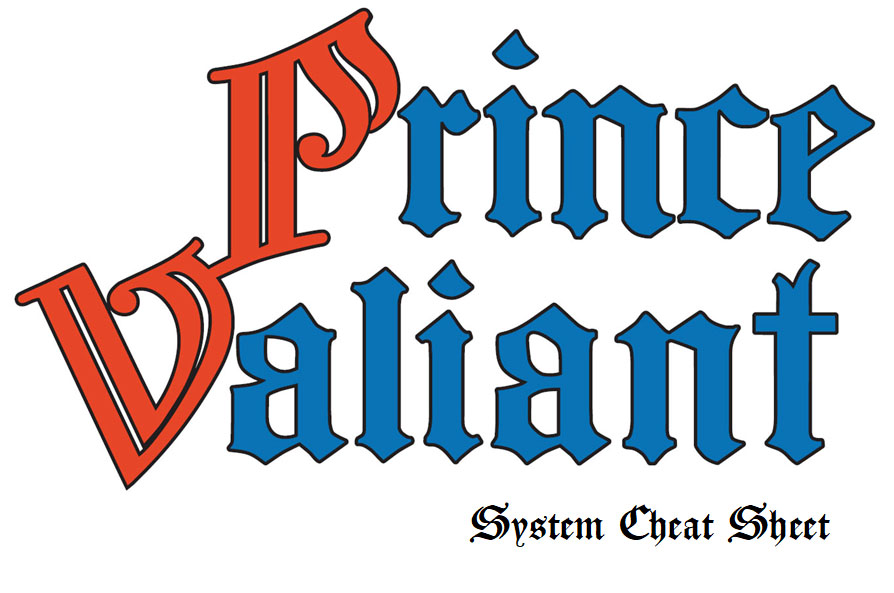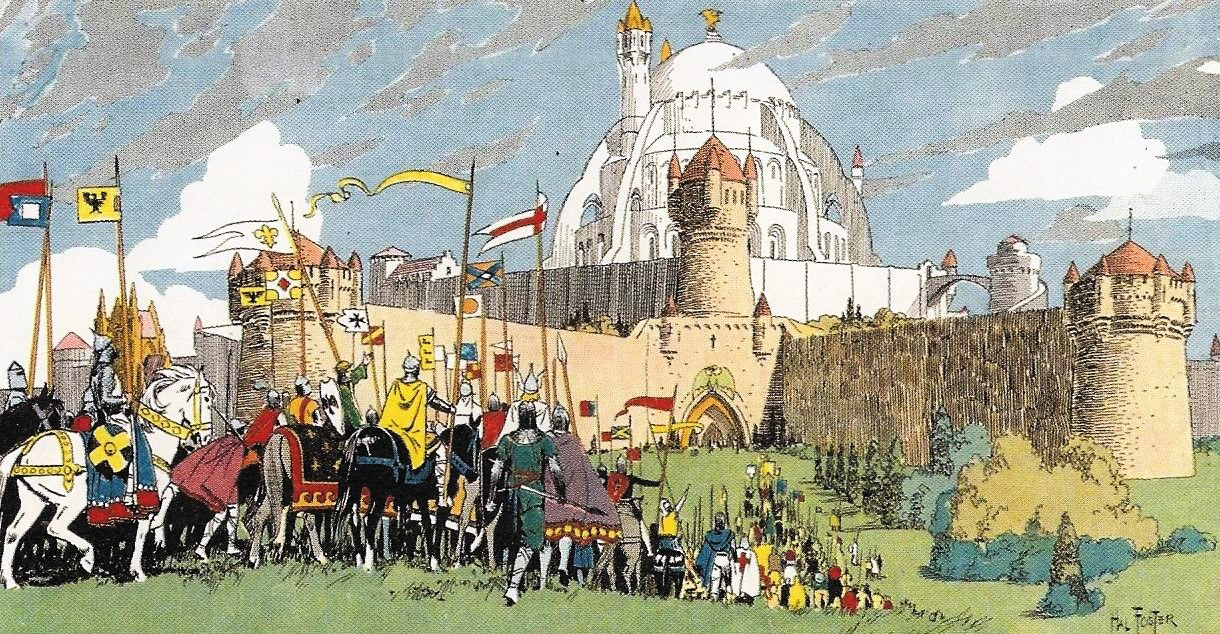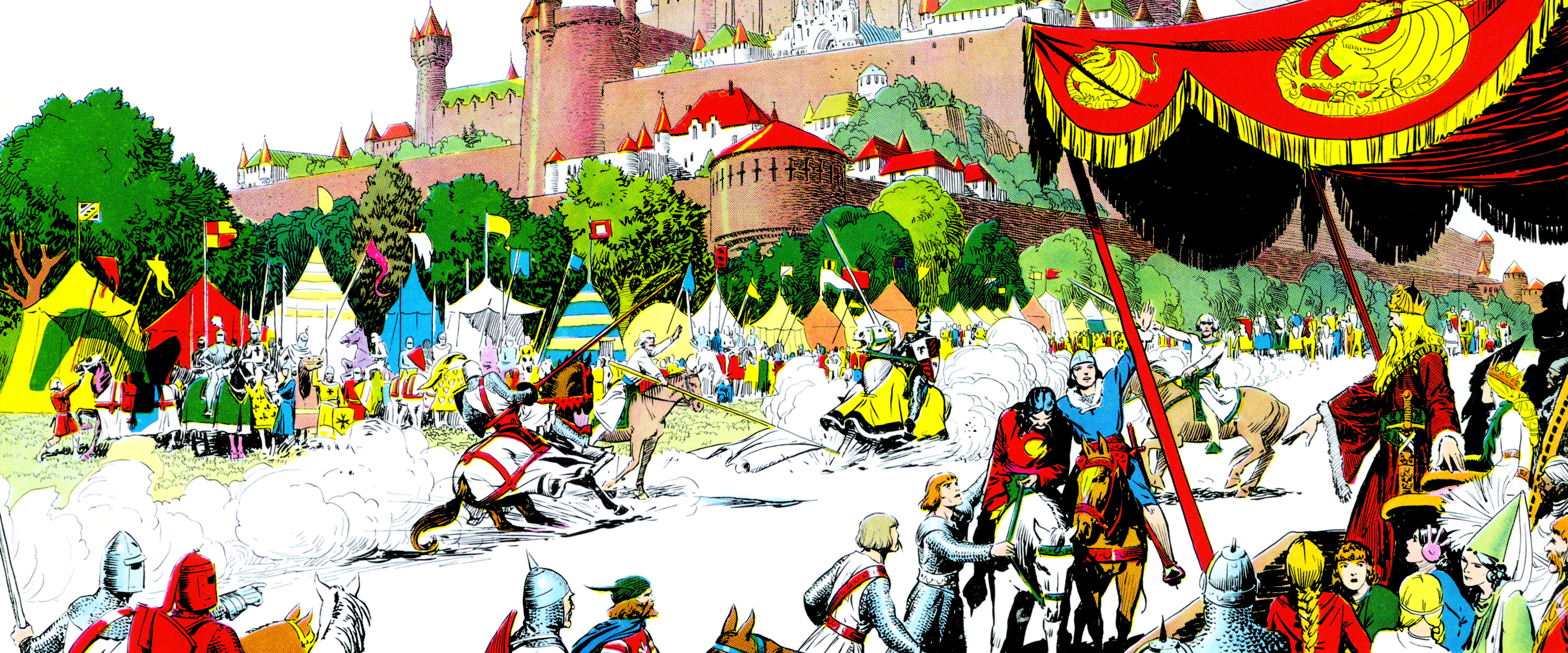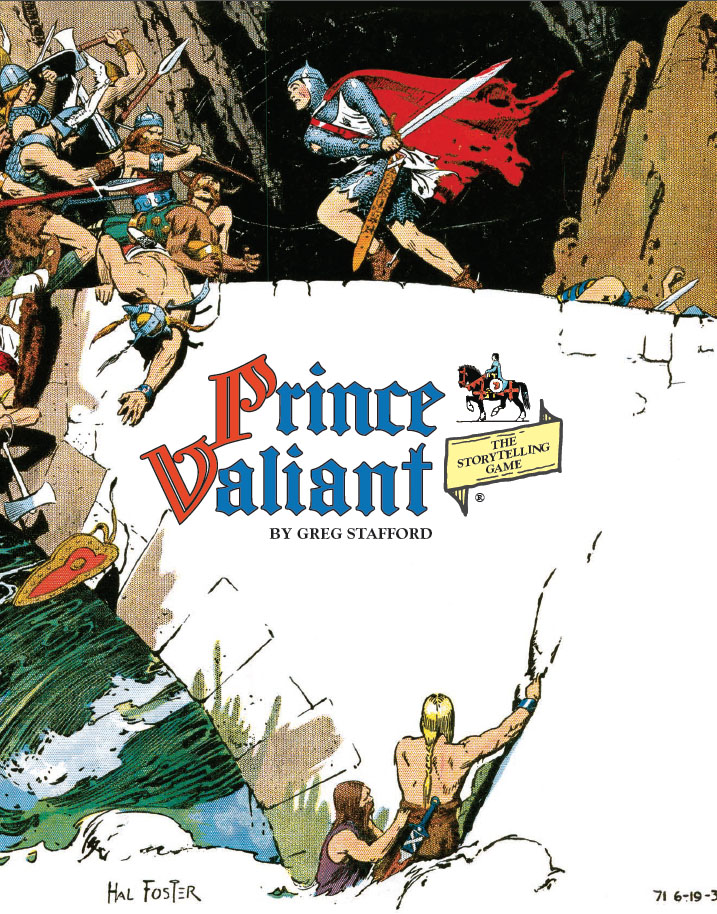Session 14D: In the Beast Pits
As she moved to search it for hidden compartments or the like, the illusion screening it suddenly dropped away, revealing a wolf lying on the table. Its back had been carefully cut open and the flaps of flesh carefully pinioned to the table’s surface.
This moment in the campaign – with the illusion dropping away to reveal a splayed open wolf – was, in practice, a pretty good example of an “RPG jump scare”.
Generally speaking, without special circumstances, you don’t get actual jump scares in tabletop RPGs. Vocal narration simply isn’t a medium in which true jump scares can be properly performed. But there are broadly similar moments in which unexpected twists can be abruptly presented and provoke “oh shit!” responses from the table.
The illusion falling away, in this particular context, created immediate fear that the group was about to be hit with a trap. (A fear carefully cultivated throughout the Labyrinth of the Beast by a variety of immersive, disturbingly thematic traps.) The gruesome visage of the wolf itself capitalized on this fear, riding the emotional wave and using it as a channel for emphasizing the creepy imagery (and the even more horrific implications).
(Note the importance of the moment’s interactivity was also important here: If the PCs had just seen a dead wolf, the description might have creeped the players out a little bit. But the stasis field – and the implicit decision of whether to leave the stasis field intact or turn it off – forces the players to engage with the moment. That makes the moment more “real” and more meaningful than a simple description.)
But if you give this scene a degree of thought, you might be struck by a question: Why was there an illusion spell? Despite the moment playing out rather successfully, it seems a little odd, right?
The reason for that is simple: This isn’t how I prepped the scene.
WHOOPS…
What you’re reading here is actually the result of a mistake. When the PCs entered this room, I misread the room key and didn’t describe the wolf’s corpse lying on the table.
Doh.
Once I realized my mistake, I had several options:
First, the wolf no longer exists. I didn’t describe it. The environment has been interacted with as if it wasn’t there. So… it’s not there. Never was. The notes never made the jump from prep to the “reality” of what actually transpires at the table.
If you’re dealing with something nonessential, this can often be the easiest course to take. In the case of the wolf, it was, in any larger sense, nonessential. But it was very cool (if I do say so myself), and it would have been a shame to lose it.
Second, the simple retcon. “Whoops, I forgot to mention that there’s a dead wolf on the operating table.”
This approach is fairly straightforward, obviously. The drawback is that the open retcon inherently disrupts the natural flow of the game world’s presentation. Often this disruption is not so significant as to cause problems, but sometimes it is. One common example is if the PCs have already taken an action which they wouldn’t have taken if they knew the information you forgot to tell them. (Handling this specific example is something I discuss at greater length in GM Don’t List #1: Morphing Reality.)
In this case the PCs had not taken such an action, but I knew that the “retcon disruption” would blunt the impact of the imagery. (The players would be cognitively focused on processing the retcon instead of fully focused on the description.) And since the entire function of the corpse was its creepy imagery, blunting the impact of that imagery would defeat the purpose.
Third, swap rooms around. This technique works particularly well if there are multiple similar rooms in a particular area. For example, the PCs are supposed to find a dress with some weird stains on it. You goof up and forget to give them the clue in the Master Bedroom. I guess the dress is in the closet of a different room. (Or maybe it’s in the laundry room downstairs.)
So if there had been another convenient examination room nearby, I might have just moved the wolf corpse in there.
Fourth, create a reason why your screw-up wasn’t a screw-up. This is what I did with the wolf. Why didn’t they notice the wolf as soon as they walked into the room? Because there was an illusion spell preventing them from seeing it.
This basically moved the wolf from something noticed with passive observation (which is automatically triggered) to something that required a declaration of action from the players (i.e., interacting with the illusion). But you can apply the same technique in other ways, too: That NPC really should have told them about the Duke’s relationship with Countess Lovelace. Why didn’t they? Come up with an explanation. Blackmail? A hidden agenda that creates a conflict of interest?
The interesting thing about this technique is how often it actually creates additional interest: The RPG jump scare of the illusion dropping was effective. An NPC with a secret agenda is probably more interesting (and the scenario more dynamic) as a result.
The difficulty is that there was probably a reason why this additional layer of interest didn’t exist in the first place. (Or maybe not. Good ideas develop through play all the time.) It can be difficult to make sure that the continuity tracks on your hidden retcon.
For example, what if the players want to know why there’s an illusion spell covering the operating table?
First, you should have some rough idea of why the retcon makes sense, even if it doesn’t necessarily track 100% right out of the gate. In this case, my rationalization was that the wolf, in mid-surgery, is super gross. Nobody wants to look at that. Might as well throw up an illusion spell so you don’t have to look at it right?
Second, you’ll benefit from the fact that continuity problems that seem glaring to you behind the screen will be significantly less so to the players. The wolf-masking illusion, for example, ends up being pretty deep into fridge logic territory.
Third, you can just smile enigmatically. You are not obliged to pull back the curtain on your campaign and explain its inner workings. If something seems mysterious to the players and they want to figure out the why and wherefore of it, the obligation lies on them to take actions in character and figure it out. (In the process of which, you’ll probably be able to flesh out your initial rationalization to the point where it actually does make complete sense.)
CODA
It should be noted that none of these techniques are ideal. In an ideal world, you don’t screw up the room description in the first place, right?

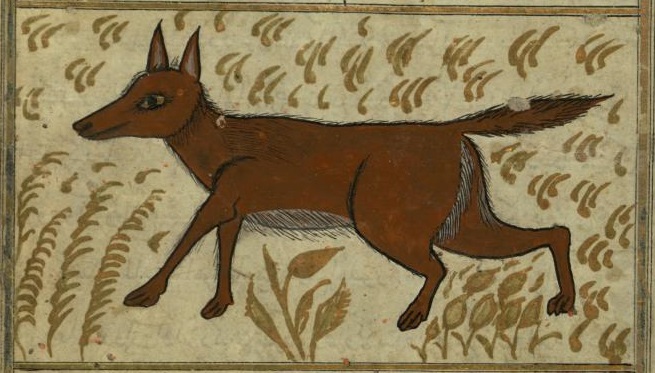




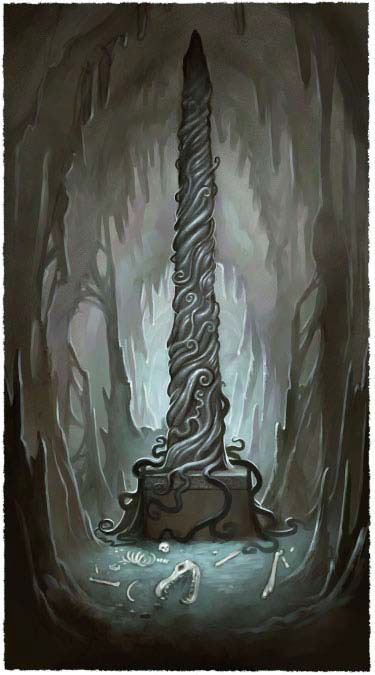
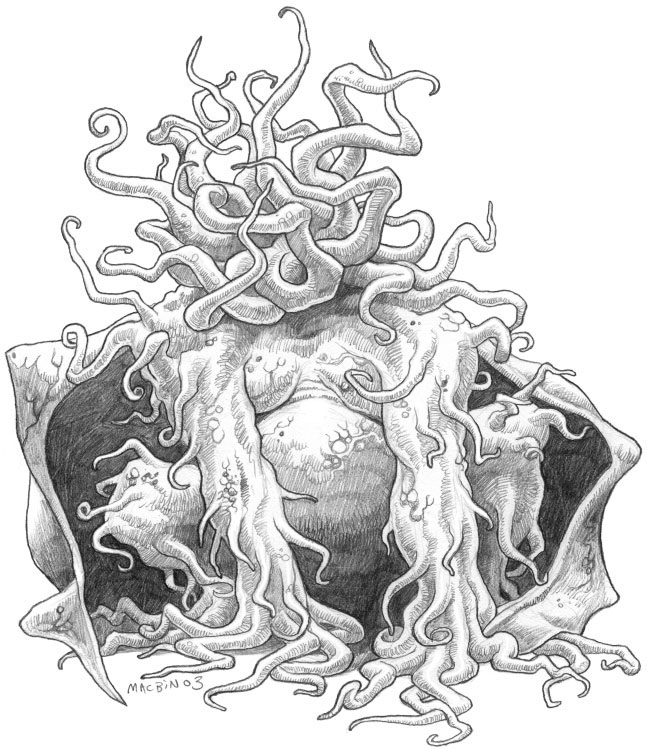 In the center of the third tier, at the top of the room, there was a slab of black ebony with the appearance of an altar.
In the center of the third tier, at the top of the room, there was a slab of black ebony with the appearance of an altar.
